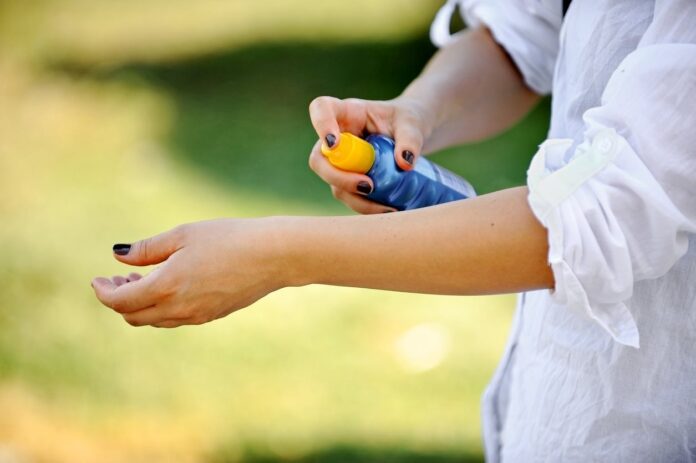
As the weather improves and government restrictions ease, we are spending more time outside. It is important to remember to protect your skin from the sun. Dr. Neil Reddy from Precision Healthcare speaks to us about the signs of melanoma skin cancer and reminds us that there is no such thing as a healthy tan.
The Truth about a Tan
Skin Cancer is one of the most common forms of cancer in Ireland and even a short time spent in the sun without protection is risky. There is no such thing as a healthy tan. A suntan may be cosmetically desirable, but in fact it is a sign that your skin has been damaged and has attempted to protect itself. Here is what you need to know –
UVA activates melanin pigment already present in the upper skin cells. It creates a tan that appears quickly but is also lost quickly. UVB stimulates the production of new melanin, which leads to an increase in pigment within a few days. Some UV radiation is essential to the body as it stimulates the production of Vitamin D.
Knowing your skin type and checking your skin for changes is important.
It is important to check your moles

Ideally, check your moles every 3-6 months or if your attention is drawn to the mole incidentally by itching or bleeding. You may have to enlist some help when checking moles on your back. When looking at a mole, you should take note of some important signs. These are easy to remember by thinking of ABCDE –
Asymmetry – when one part of a mole grows faster than another, the mole becomes irregular in shape.
Border – when the faster-growing part of the mole reaches the edge, the border will become irregular, rather than the smooth edge of a stable mole.
Colour – abnormal growth in a mole may cause irregularity in colour, with some light parts, some dark parts, and even some blue or grey parts.
Diameter – a mole that measures more than 6mm in diameter (more than the base of a pencil) should be checked by your GP.
Evolution – any recent changes should be reviewed. A large, irregular, strangely-shaped mole that has been the same since childhood is not a reason for worry. A small mole on a sun exposed area that appeared recently or has begun to grow rapidly is much more concerning.
Tracking and reviewing your moles
It may be difficult to keep track of your moles, especially if you have many, but there are simple ways to manage it.Take photos (with a ruler or a coin for scale) and save to your phone or cloud account. Compare with the previous photos every 6 months –
• Use an app (such as Mole Monitor) to record the anatomical site of each mole and set reminders to retake the photo every 6 months
• Attend a clinic for mole mapping. This involves a technician taking magnified photos of all of your moles with a high resolution camera and recording the images on a disk for review at future consultations
• Attend a healthcare professional for dermoscopy. This involves viewing all of your moles through a magnifying lens with a polarised light and observing for tell-tale signs of abnormal growth
Dermoscopy can be done by some GPs, by specialist screening clinics or by dermatologists.You can get a referral for a mole check with a dermatologist or screening clinic by contacting the Irish Life Health Digital Doctor Service for a video consultation.
Diagnosing Melanoma
If a suspicious mole is identified, your healthcare professional will discuss three options with you:
1. Monitor a review in 3 months – If the mole continues to change, it will be removed. This is generally employed where the mole is on an area not readily amenable to surgery for example on the face.
2. Biopsy – A small (punch) biopsy may be taken of the suspicious mole. This will be analysed by a pathologist and recommendation issued for removal or monitoring. This has the advantage of being less invasive but needs follow-up because of a risk of missing the cancer.
3. Excision of the mole may be the best option where the mole is on an area with few cosmetic risks or the mole is on an area that would be difficult for the person to monitor themselves such as on the lower back.
Read more about skin cancer prevention or visit Irish Cancer Society for more information and a helpful diagram of ABCDE.
Useful Links
Irish Life Health Digital Doctor


























